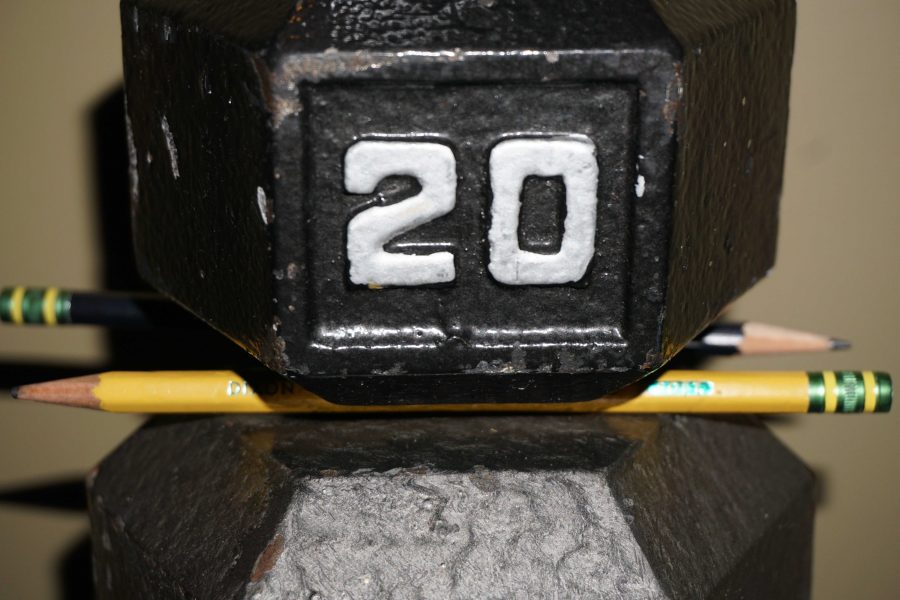New blended gym classes are taking a toll on students’ health
February 1, 2018
There are more and more physical education classes being offered as blended, such as recreational sports and team sports. But is this beneficial to students? Muscles grow when they are stretched, meaning when students “actively” participate in a game or workout.
But when muscle is not used, it wastes away in a process known as atrophy. So would this mean when students have blended days, do they lose muscle? Would this affect their fitness testing scores?
“Yes and no,” Colin Kalamatas, blended physical education teacher, said. “We are still in the beginning stages of development of getting this class to be what we want.”
According to Kalamatas, a major element teachers are still working on is the assignments. Our teachers try to have assignments that encourage us to do activities, like the sports we play in class, or exercises outside of the class. The teachers also want us to be able to reflect upon what we are doing now regarding our physical health and what we can do in the future to further our physical health.”
There are other benefits for those who are taking a blended physical education course and plan on pursuing more of brain-demanding career. It gives students who are swarmed with homework the ability to catch up.
According to senior Sydney Schroepfer, who is taking three AP courses, blended gym is beneficial because it gives him time to catch up on homework during his blended hours.
But what about the physical aspect? Do you think that the couple of days students take off decreases their physical capabilities?
“No I don’t think so, you do miss out with the games, Schroepfer said. “But I work out outside of school so I wouldn’t know.”
Not all students are proactive about their health, which is sad because there are many studies that point to exercise as a crucial aspect to retaining what a student learns.
When exercising, the brain’s neurotransmitters optimize chemicals and exercise balances out these chemicals to keep you physically and mentally in shape.
But in a more obvious way, exercise helps students focus when the exercise or the work out increases the heart rate, like running, or a sport the involves complex body movement, like basketball. The blood flows from your brain to the body. Once the workout is over and the student returns to studying, the blood flows back from the body to the brain, leaving students less fidgety and able to better retain information.
Does blended physical education help students perform better when it comes to fitness testing? It all depends on the student, the blended course, and the teacher. Teachers are trying to get students motivated and proactive about their own physical health, so whether or not they do well with fitness testing is entirely up to them.


